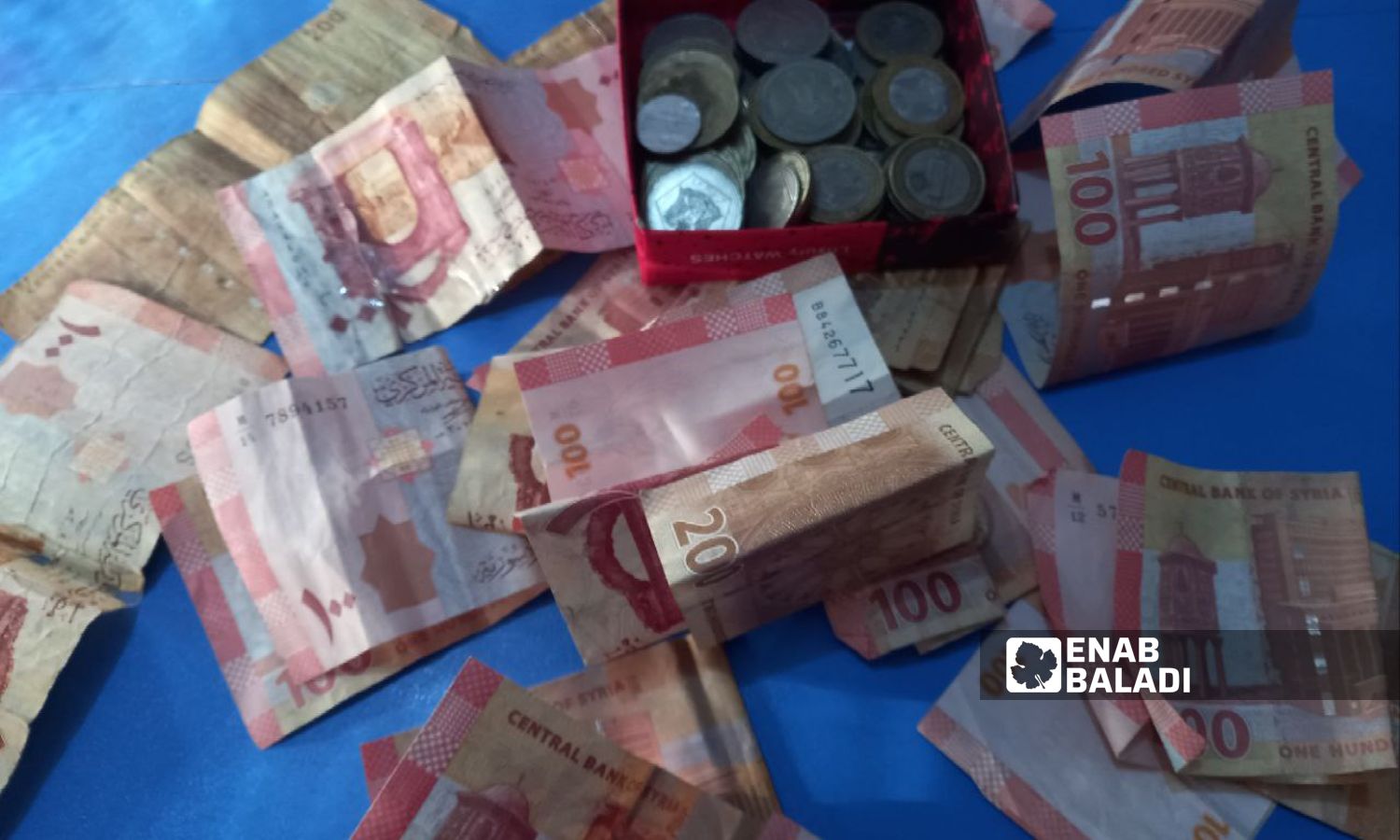The Syrian pound has recently shown signs of slight recovery against foreign currencies, a development that comes on the heels of a tumultuous period marked by military operations that lasted nearly 11 days across various regions of Syria. This article delves into the factors influencing the value of the Syrian pound, the implications of its fluctuations, and the broader economic context in which these changes are occurring.
Recent Trends in Exchange Rates
As of December 9, the selling price of the US dollar reached 17,000 Syrian pounds, while the buying price was slightly lower at 16,000 pounds. This marks a notable shift from the stability observed prior to the military operations, where the exchange rate hovered around 15,000 pounds. The situation escalated dramatically during the fighting, with reports indicating that the dollar soared to approximately 25,000 pounds in Aleppo alone.
In parallel, the euro’s exchange rates also reflected this volatility, with a selling price of 17,954 Syrian pounds and a buying price of 16,893 pounds, according to the S-P Today website, which specializes in tracking exchange rates and gold prices in Syria. This fluctuation underscores the fragility of the Syrian pound, which has been subject to rapid devaluation in recent months.
The Impact of Military Operations
The recent military operations have exacerbated the already precarious situation of the Syrian economy. Following a period of relative stability, where the pound was valued at around 14,700 pounds to the dollar, the onset of conflict triggered a sharp decline in its value. Economic researcher Khaled Turkawi attributes this decline to the increased demand for foreign currencies, particularly the dollar and the Turkish lira, juxtaposed against a surplus of the Syrian pound. In a market driven by supply and demand, such dynamics are expected, leading to the pound’s devaluation.
Turkawi further emphasizes that the pound was already in a state of collapse prior to these events, and the military operations merely accelerated its downward trajectory. The cessation of hostilities has been a crucial factor in halting the pound’s collapse, albeit temporarily.
Historical Context and Future Outlook
The Syrian pound’s decline against the US dollar has been staggering, with a reported annual decrease of approximately 113.5% in 2023 alone. This marks the largest recorded decline in the pound’s history, reflecting the broader economic challenges facing Syria. The last six months of the year have been particularly tumultuous, with significant fluctuations in the pound’s value that have left many Syrians grappling with the consequences of hyperinflation and economic instability.
According to a report from the Jusoor for Studies Center, the Syrian pound lacks the resilience necessary to withstand shocks, making it highly susceptible to rapid declines. The report highlights that political and economic transformations often manifest in pronounced upward waves, indicating a drop in the pound’s value and complicating efforts to predict its future trajectory.
Conclusion
The recent slight improvement in the value of the Syrian pound against foreign currencies offers a glimmer of hope amidst a backdrop of ongoing conflict and economic instability. However, the underlying factors contributing to its volatility remain deeply entrenched in the broader socio-political landscape of Syria. As the nation continues to navigate these challenges, the resilience of the Syrian pound will be tested further, and its future remains uncertain.
The situation calls for close monitoring, as the interplay between military operations, economic demand, and currency stability will undoubtedly shape the lives of millions of Syrians in the months to come. As the world watches, the story of the Syrian pound serves as a poignant reminder of the intricate connections between conflict, economy, and human resilience.




